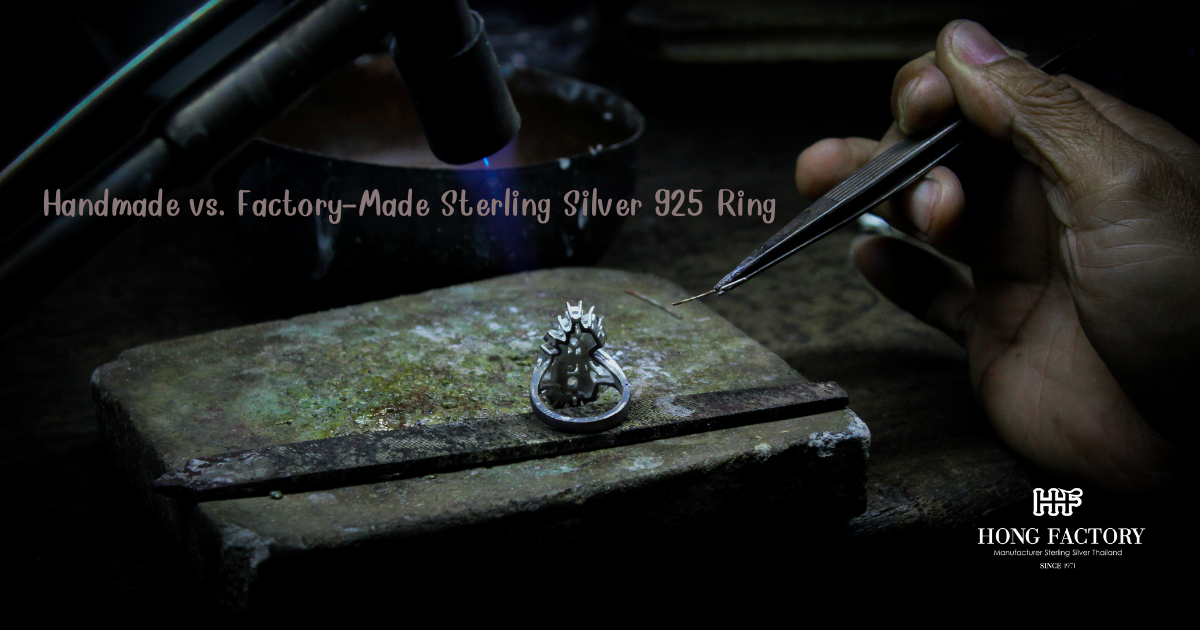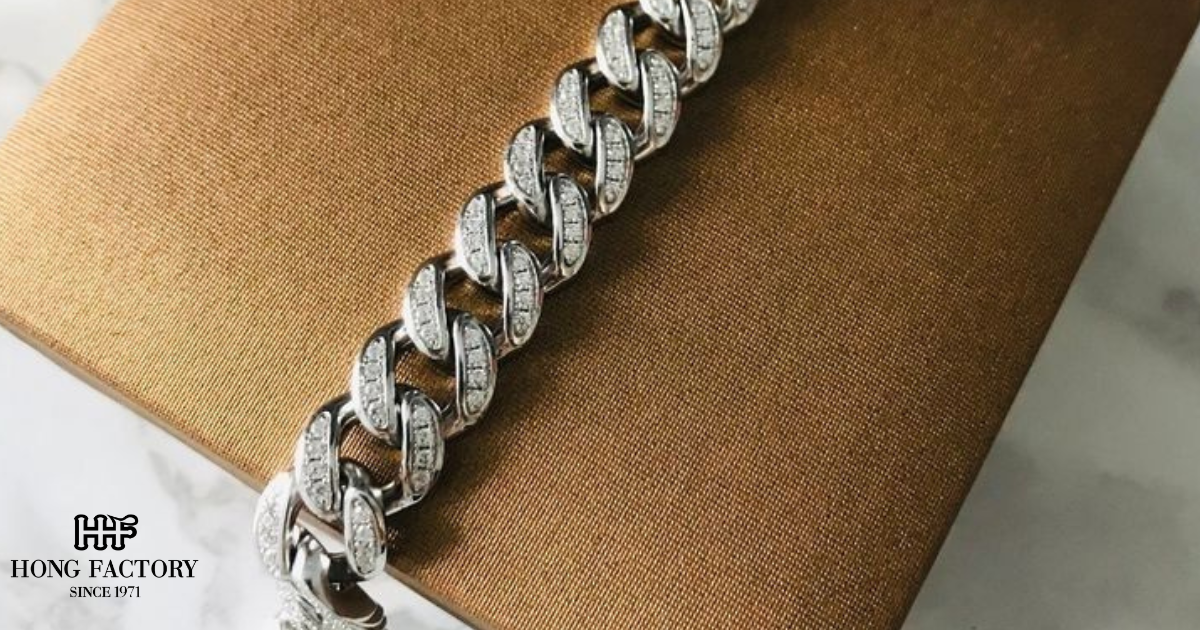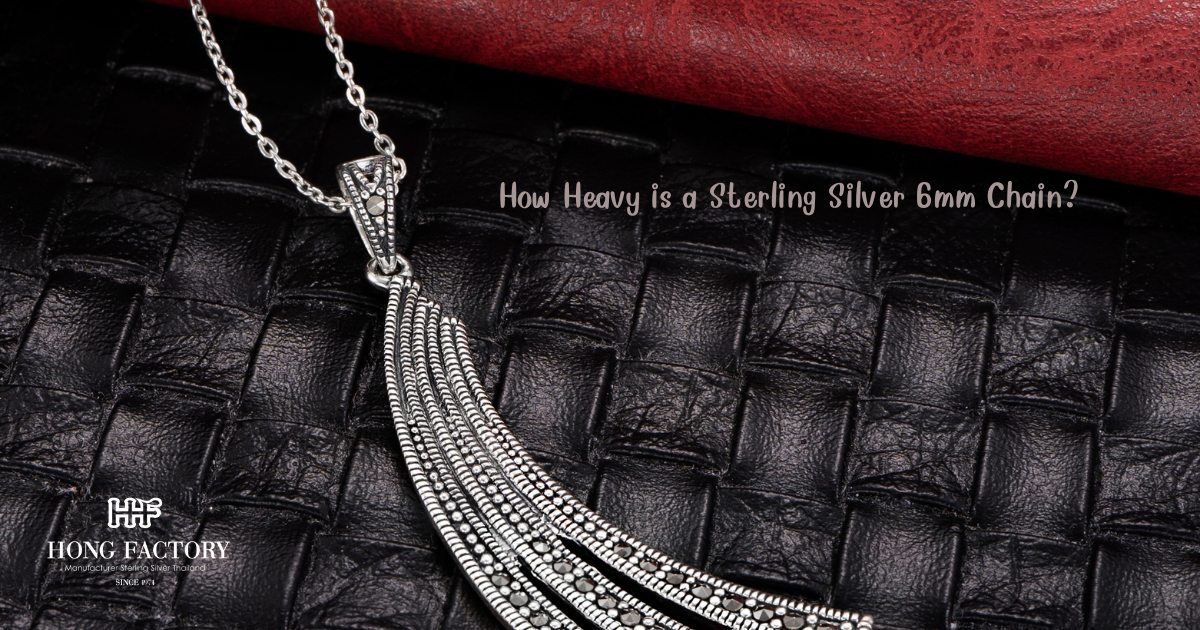When choosing jewelry, one important consideration is whether to buy handmade or factory-made pieces. Among the most popular options in the jewelry world is the sterling silver 925 ring, valued for its durability, shine, and affordability.
But does it matter if your ring is handcrafted by an artisan or produced in a factory? Both types have their advantages, and understanding the differences will help you make the right choice. septum piercing
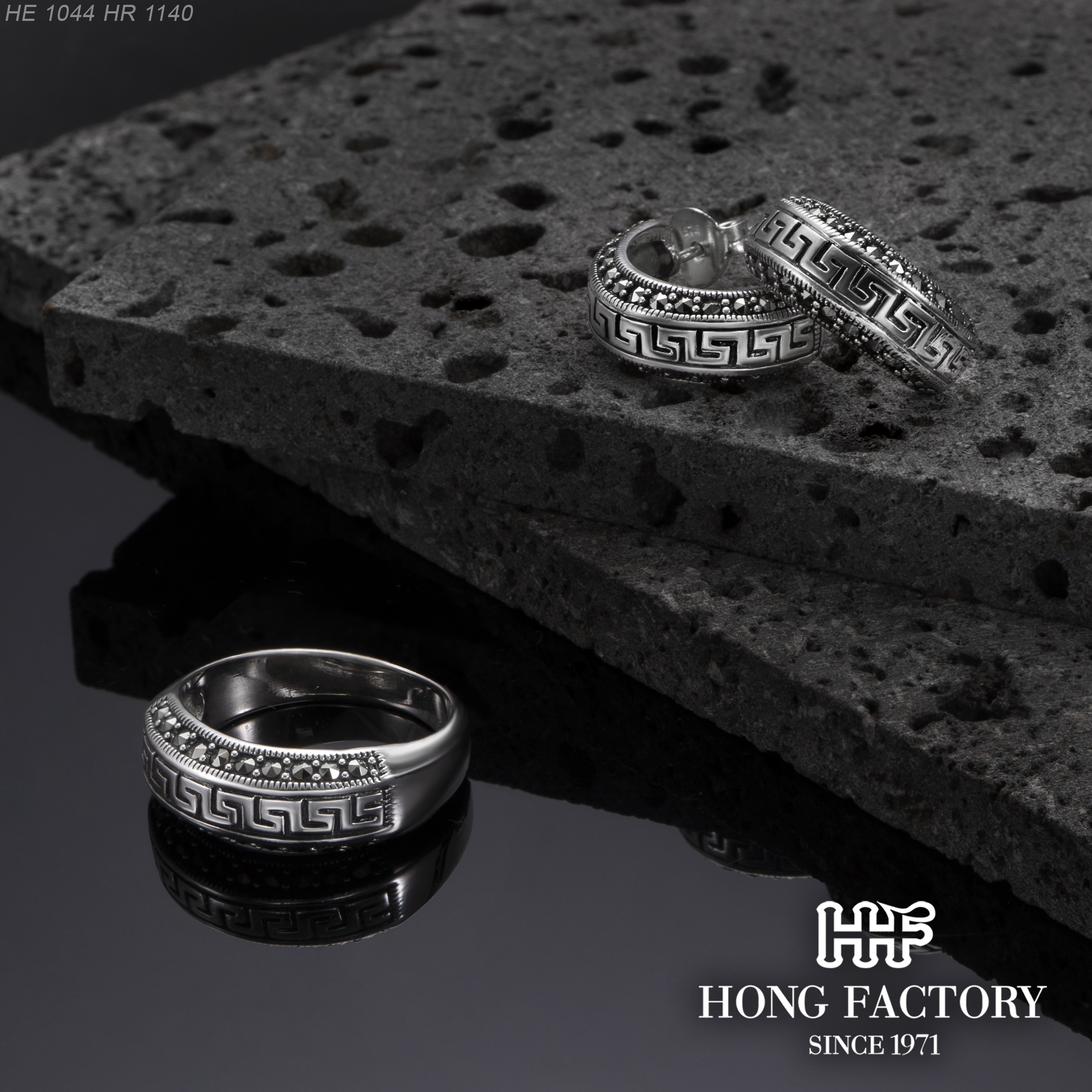
What Is Sterling Silver 925?
Sterling silver is made from 92.5% pure silver and 7.5% alloy metals, usually copper. The hallmark “925” engraved on jewelry confirms authenticity. This combination makes the metal strong enough for daily wear while maintaining its classic silver brilliance. Whether handmade or factory-made, a sterling silver 925 ring carries the same core composition.
Sterling Silver 925 Ring: Handmade Qualities
Sterling silver 925 ring
A sterling silver 925 ring crafted by hand is often celebrated for its uniqueness and artistry. Skilled silversmiths use traditional techniques to shape, carve, and polish each piece. No two handmade rings are exactly the same, which gives them individuality and character. Many artisans also incorporate cultural or symbolic designs, making handmade rings especially meaningful.
Advantages of Handmade Rings
- Unique Design: Each piece carries subtle differences, ensuring originality.
- Craftsmanship: Handmade rings often highlight detailed artistry that mass production cannot replicate.
- Emotional Value: Buyers often appreciate the story and effort behind a handmade item.
- Custom Options: Many artisans offer personalization such as engraving or custom sizing.
Factory-Made Sterling Silver 925 Rings
Factory-made rings are produced using machines and molds, which allows for mass production and consistency. These rings are widely available in jewelry stores and online shops, often at more affordable prices than handmade pieces.
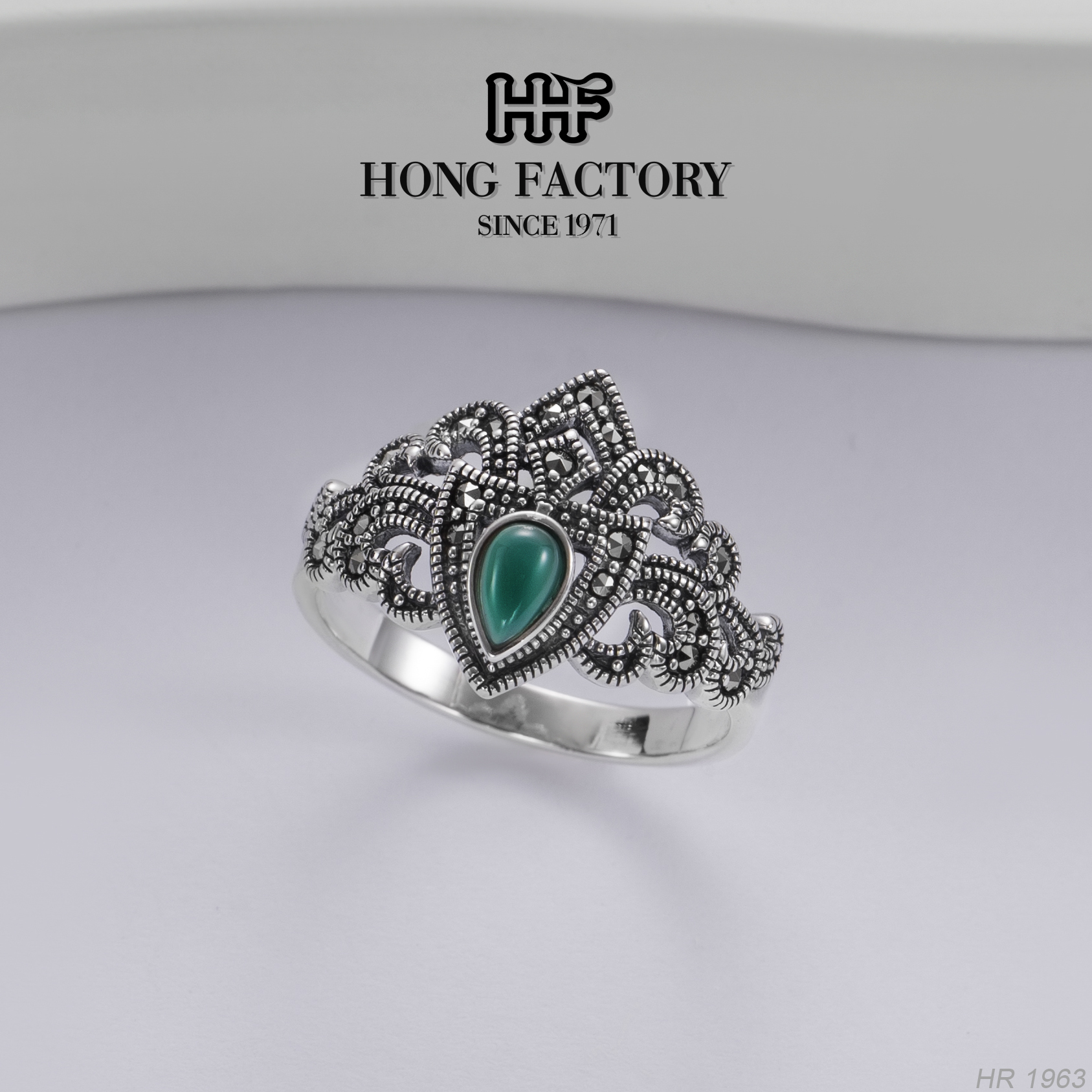
Advantages of Factory-Made Rings
- Affordability: Machine production lowers costs, making factory-made rings budget-friendly.
- Uniformity: Every ring looks identical, which is ideal for matching sets such as wedding bands.
- Wide Availability: Factory-made rings are accessible in many designs and sizes.
- Efficiency: Large quantities can be produced quickly, meeting market demand.
Key Differences Between Handmade and Factory-Made Rings
- Design: Handmade rings are unique, while factory-made ones are standardized.
- Craftsmanship: Handmade focuses on detail, factory-made on efficiency.
- Price: Handmade rings are usually more expensive due to labor and time.
- Value: Handmade pieces may carry higher sentimental and collectible value.
Which Should You Choose?
The decision between handmade and factory-made depends on your personal priorities. If you value originality, craftsmanship, and a personal connection, a handmade sterling silver 925 ring may be the perfect choice. If affordability, consistency, and wide availability are more important, a factory-made option might suit you better.
Maintenance and Care
Regardless of whether your ring is handmade or factory-made, care practices remain the same. Regular cleaning with a silver polishing cloth, proper storage in anti-tarnish pouches, and avoiding harsh chemicals will help preserve the shine and longevity of your sterling silver 925 ring.
Both handmade and factory-made sterling silver 925 rings have their strengths. Handmade rings emphasize artistry and uniqueness, while factory-made rings focus on affordability and accessibility. Ultimately, both offer beauty and durability, making sterling silver 925 a timeless choice in the world of jewelry.
Choosing between the two comes down to personal preference but either way, a sterling silver 925 ring remains a stylish, authentic, and lasting investment.
